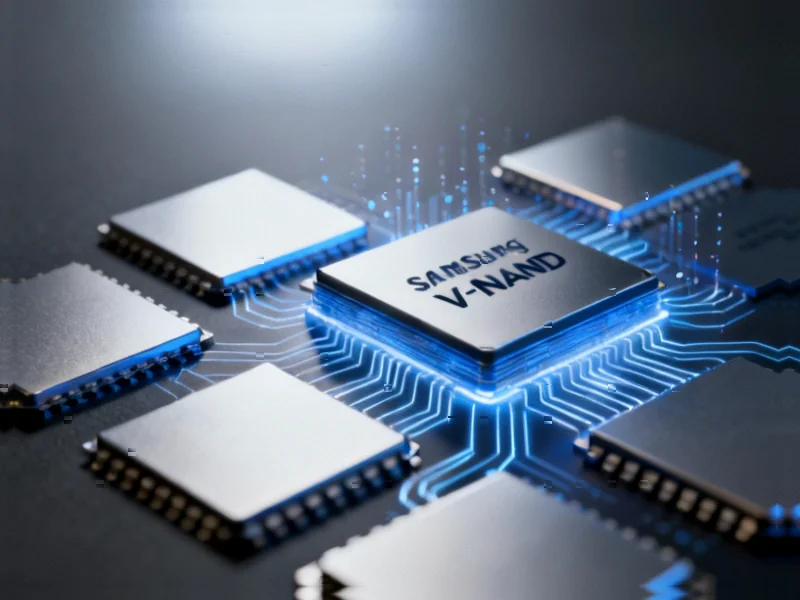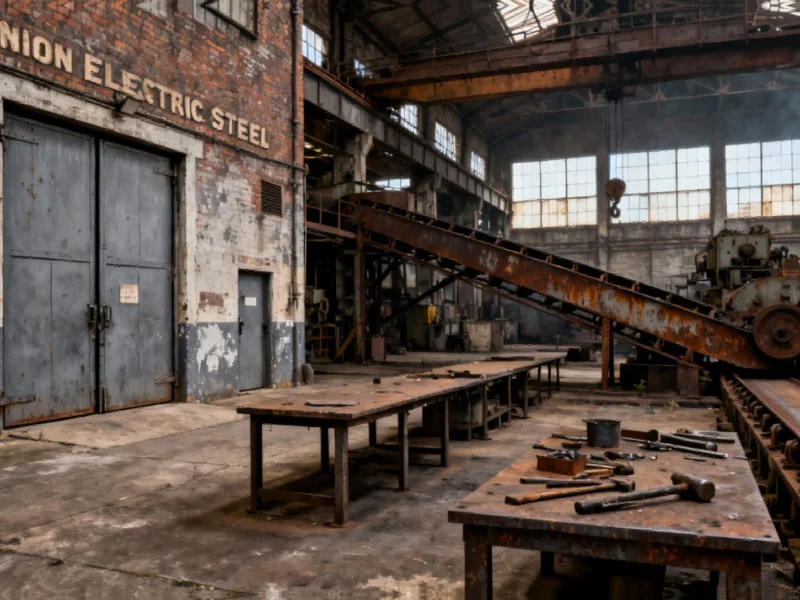AI Inference Workloads Reshape Storage Requirements
As artificial intelligence deployments mature, cloud providers and data centers are experiencing a significant shift in storage demands. The focus is moving from AI model training to inference operations, which require rapid access to large datasets for real-time decision-making. This transition is creating unprecedented demand for high-performance, high-capacity storage solutions that can deliver consistent read performance at scale.
Table of Contents
NAND Market Recovery Gains Momentum
The global NAND flash market is showing strong signs of recovery after a prolonged period of oversupply and price pressure. According to industry analysts, supply constraints are emerging as manufacturers struggle to keep pace with the accelerating demand from AI and cloud infrastructure sectors. The market turnaround has been particularly pronounced in the enterprise segment, where storage performance directly impacts AI application responsiveness and throughput., as as previously reported
Samsung Accelerates Production Capacity
Samsung Electronics has significantly increased production utilization at its advanced NAND manufacturing facility in Pyeongtaek, South Korea. The company‘s 8th-generation V-NAND production lines are now operating at approximately 80% capacity in the third quarter of 2025, up from the 60-70% range seen in previous quarters. This production ramp represents one of the most substantial utilization increases in recent memory for advanced NAND manufacturing.
The production expansion is supported by growing orders for NAND materials and components, which have been climbing steadily since mid-year. Industry observers note that the upward trend in component procurement suggests Samsung plans to maintain or even increase production levels through the fourth quarter, positioning the company to capitalize on the improving market conditions.
Technical Advancements in 8th-Generation V-NAND
Samsung’s 8th-generation V-NAND, which entered mass production in late 2022, represents a substantial technological leap forward. The chips feature an impressive 236-layer architecture, a significant increase from the 176 layers used in the previous generation. This enhanced vertical stacking enables greater storage density while maintaining reliability and performance characteristics., according to related news
The memory interface has also seen substantial improvements, with the implementation of Toggle DDR 5.0 technology pushing data transfer speeds to 2.4 gigabits per second. This represents approximately 20% improvement over previous generations and provides the bandwidth necessary to support modern PCIe 4.0 and 5.0 solid-state drive implementations.
Enterprise Storage Applications Take Priority
In a notable market shift, Samsung’s 8th-generation V-NAND production is increasingly being allocated to enterprise storage applications despite originally being targeted for consumer SSDs. The current AI-driven storage demand has created particularly strong interest in TLC-based enterprise SSDs, as QLC drive availability remains constrained.
Data center operators are embracing TLC alternatives like Samsung’s 8th-generation V-NAND to meet their performance requirements for AI inference workloads. This reallocation of production capacity has led to sharply reduced consumer SSD inventory levels, highlighting how quickly storage manufacturers are adapting to the evolving demands of the AI era.
Broader Industry Implications
The production increase at Samsung’s Pyeongtaek facility signals confidence in the sustainability of the current market recovery. As industry reports indicate, the NAND flash market is experiencing a fundamental shift driven by changing workload patterns in cloud and enterprise environments.
The emphasis on AI inference workloads favors storage solutions that deliver consistent low-latency performance at scale, characteristics that align well with Samsung’s 8th-generation V-NAND technology. This trend is likely to influence product development roadmaps across the storage industry as manufacturers seek to optimize their offerings for the emerging requirements of AI infrastructure.
Looking forward, the storage industry appears poised for continued growth as AI workloads become more pervasive across multiple sectors. The ability to deliver high-performance, reliable storage solutions will be critical for supporting the next generation of AI applications, from autonomous vehicles to real-time analytics systems and beyond.
Related Articles You May Find Interesting
- PlayStation 5 Surpasses PS3’s Lifetime U.S. Sales in Under Five Years
- Helsinki’s Donut Lab Strengthens E-Mobility Ecosystem with Nordic Nano Partnersh
- Amazon’s Robotics Revolution: How Automation Reshapes Workforce Strategy and Ind
- China’s Tech Sovereignty Drive Intensifies as Geopolitical Pressures Mount
- The Unseen Threat: How Dark Patterns in UX Design Undermine Trust and Productivi
References
This article aggregates information from publicly available sources. All trademarks and copyrights belong to their respective owners.
Note: Featured image is for illustrative purposes only and does not represent any specific product, service, or entity mentioned in this article.



